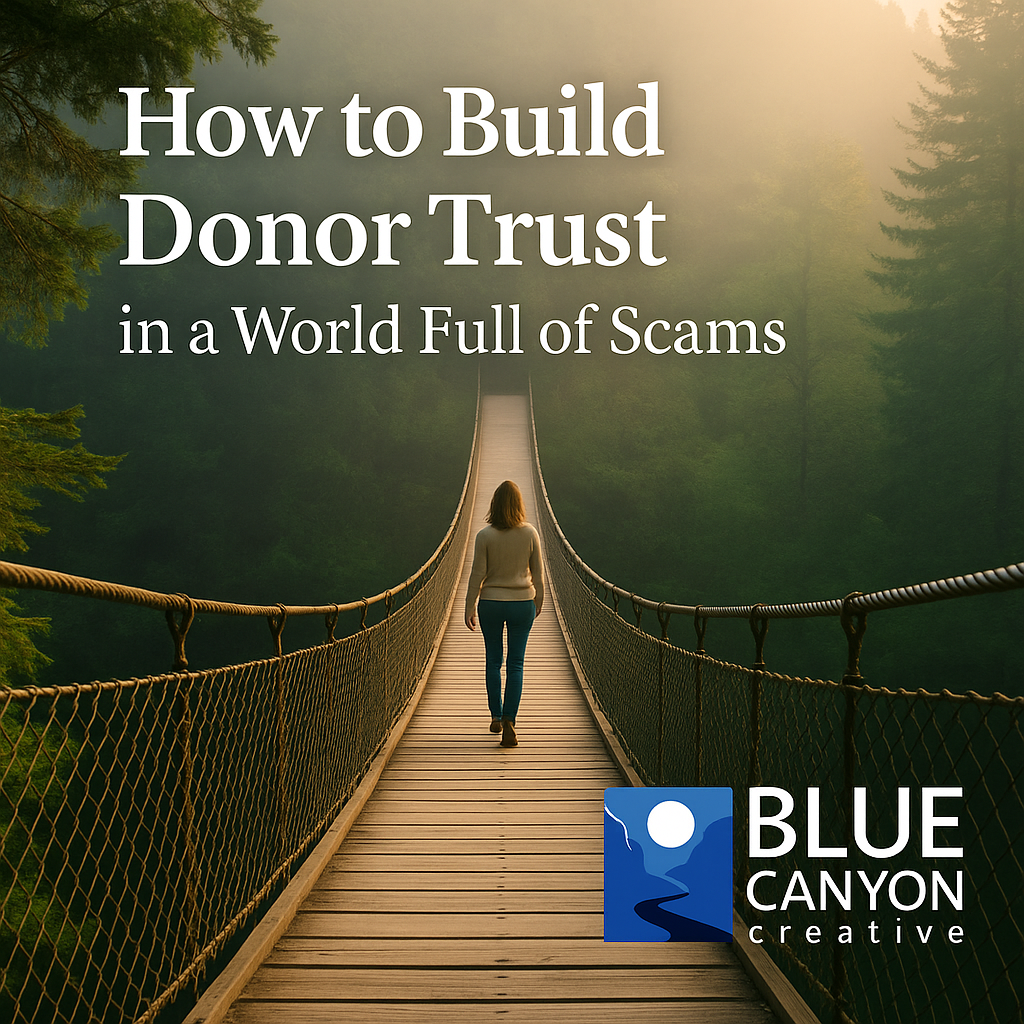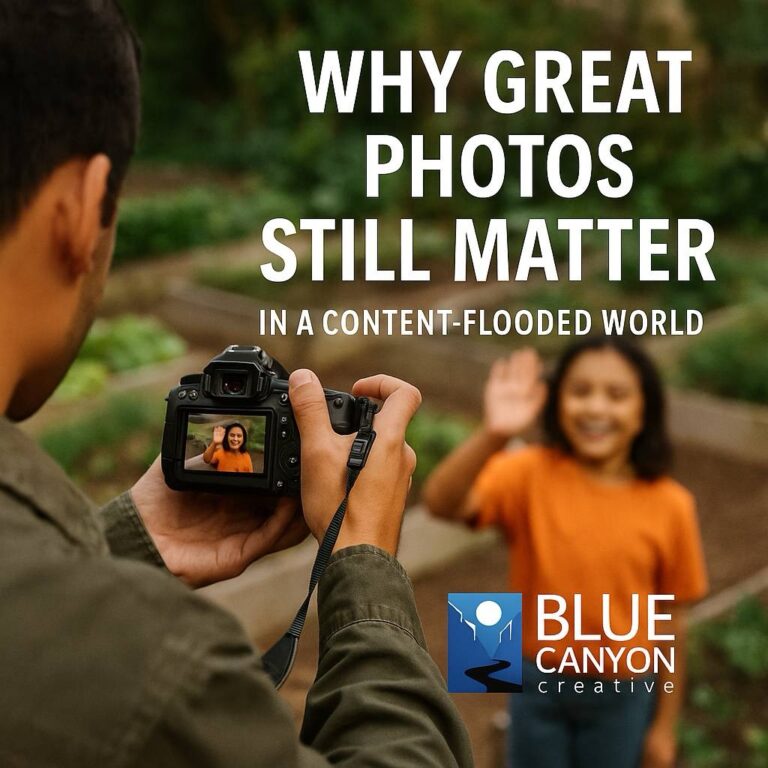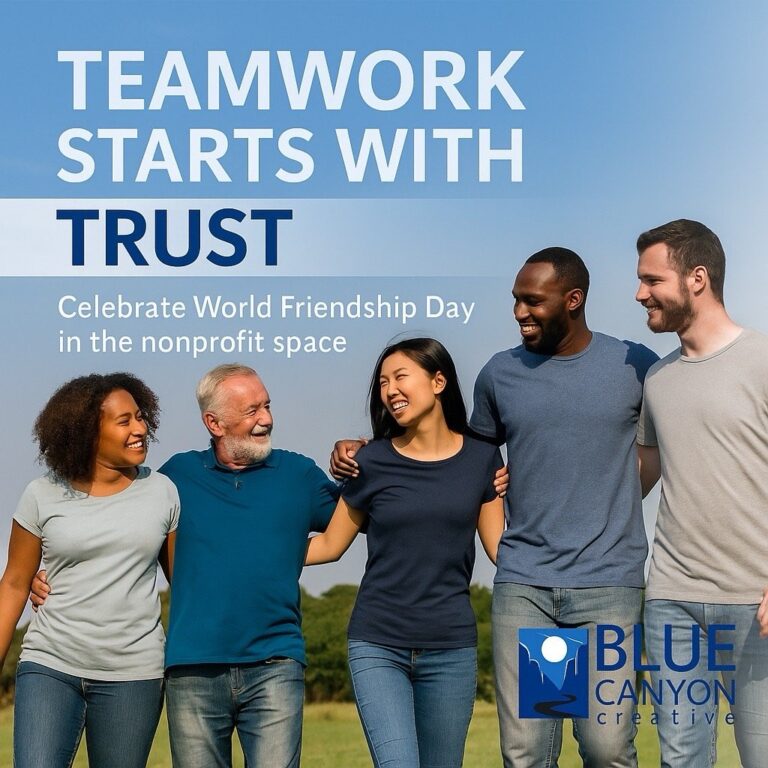How to Build Donor Trust in a World Full of Scams
Let’s face it—people are skeptical. With fake charities making headlines and digital scams on the rise, your nonprofit is competing not just for dollars, but for trust. And without trust, your message, your mission, and your fundraising efforts all fall flat.
That doesn’t mean your organization has to shout louder. It means you have to show up smarter—with receipts, transparency, and heart.
1. Be Transparent with Where Donations Go
Vague language like “your gift helps us continue our work” doesn’t cut it anymore. Donors want to know how their contribution is used. Share specific examples: $25 covers school supplies for a child for one month. $100 funds a week of meals for a family. Break it down so people can see their impact.
2. Share Real Stories (Not Just Stats)
Numbers are great—but stories are better. When you share a real client or community story (with permission or anonymously), you’re putting a face to the impact. These stories create emotional connection, which is the foundation of long-term trust.
3. Acknowledge the Noise and Stand Apart
Don’t ignore what’s happening in the world. Call out the reality that scams and misinformation exist. When you acknowledge it head-on, you build credibility. A message like “We know trust is earned, not given—and here’s how we do that every day…” can go a long way.
4. Make It Easy to Verify You’re Legit
Include your EIN on your website. Make your Guidestar or Candid profile accessible. Show your nonprofit registration info clearly. These small actions reassure donors they’re in the right place—and not on a scam duplicate site.
5. Show Appreciation Publicly and Privately
When someone gives, they want to feel seen. A prompt thank-you email is just the start. Consider hand-written notes, shout-outs on social, or a donor spotlight in your newsletter. Every moment of acknowledgment reinforces your values and builds trust.
6. Keep Showing Up (Even When You’re Not Asking)
If your nonprofit only shows up when it’s fundraising time, donors start to tune out. Share impact year-round. Give behind-the-scenes updates. Tell them what you’re learning. A consistent voice builds familiarity—and familiarity builds trust.
The Takeaway
You don’t need gimmicks to build trust. You need consistency, honesty, and a willingness to invite your audience behind the curtain. In a world full of scams, your nonprofit’s best asset is simple: truth, shown often and shown well.







